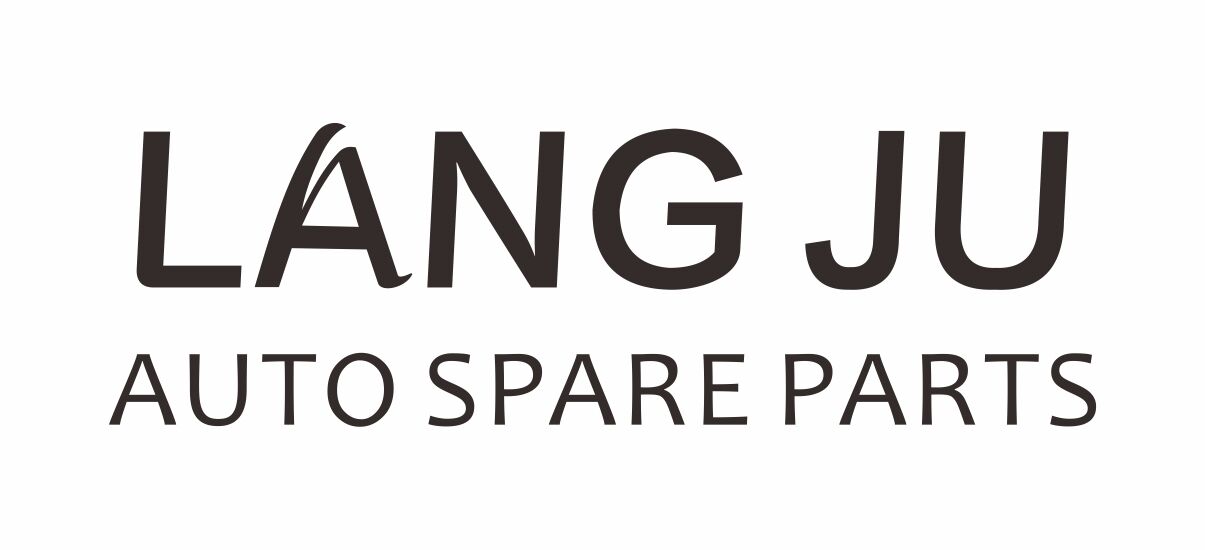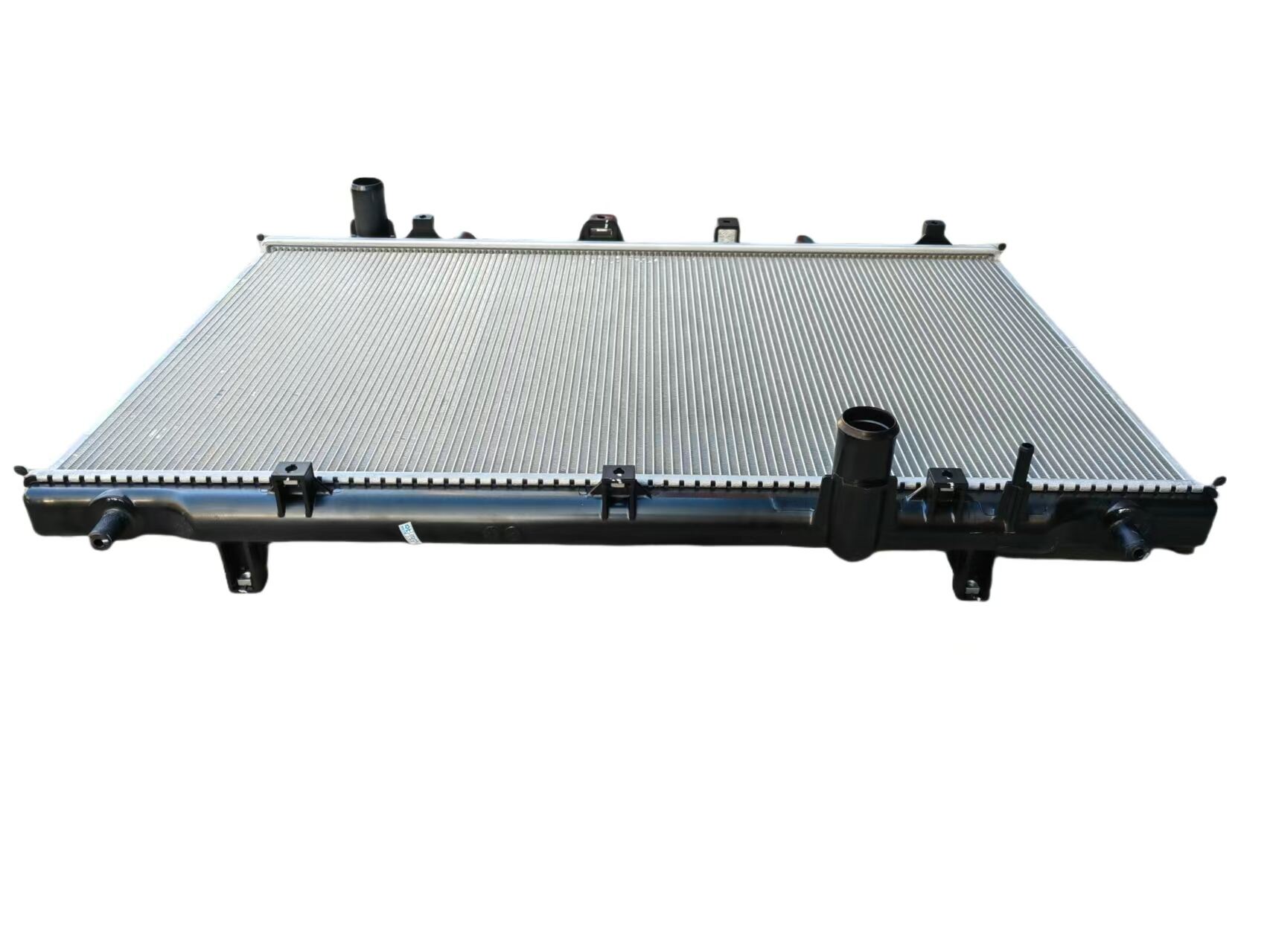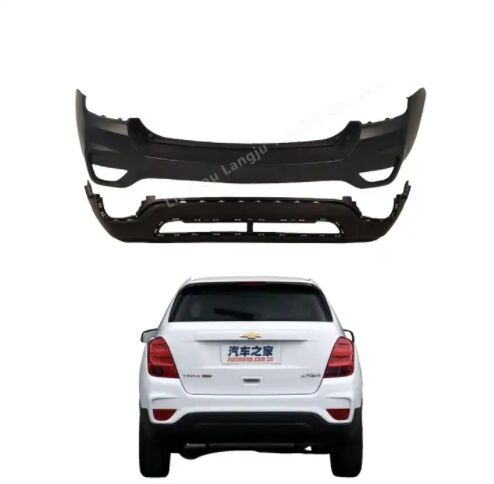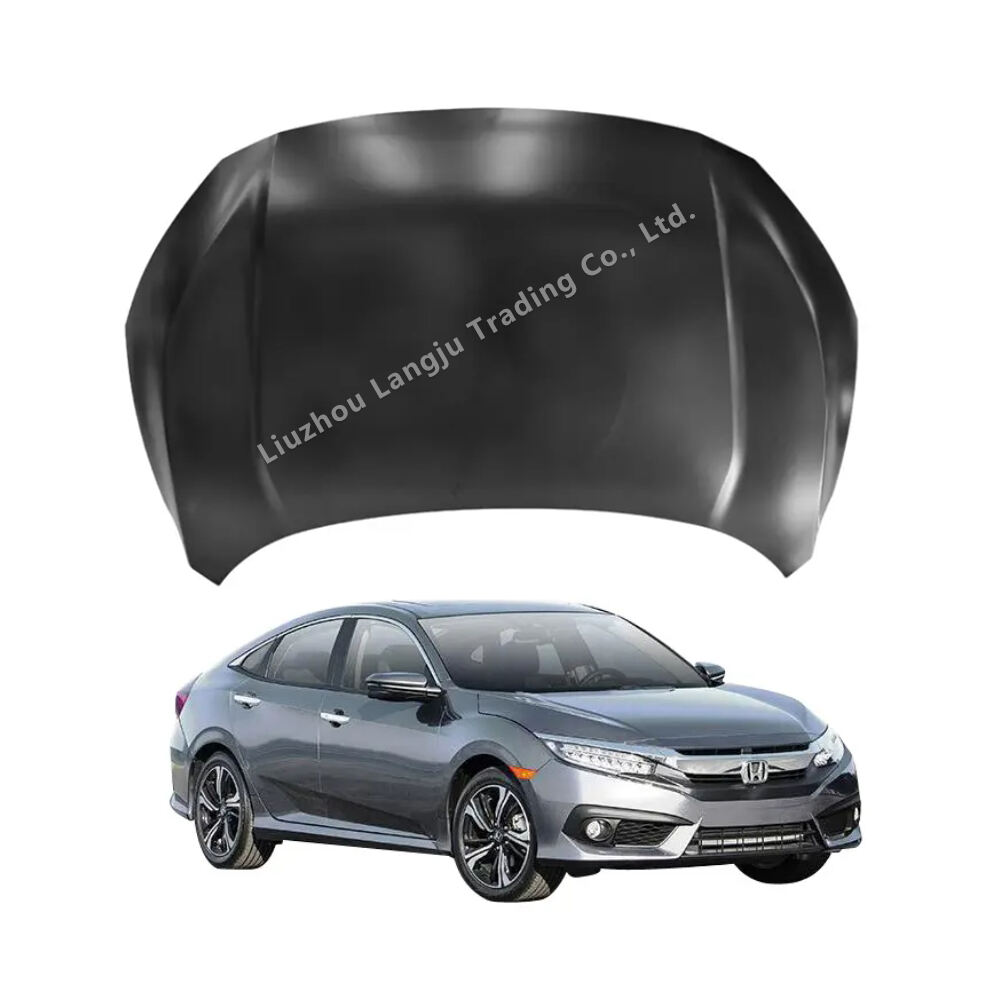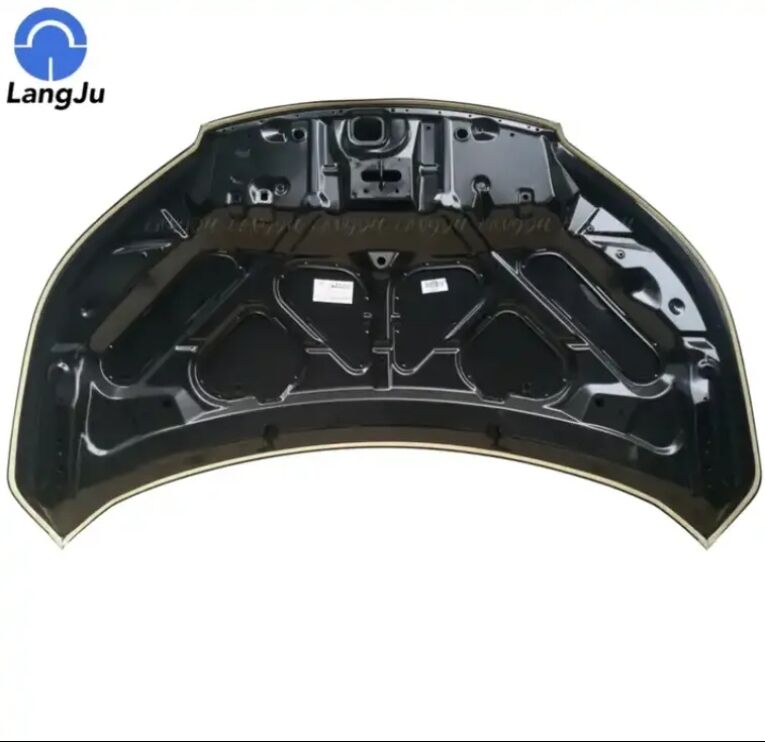car front hood
The car front hood, also known as the bonnet in some regions, serves as a crucial protective component that safeguards the vehicle's engine compartment while providing essential access for maintenance and repairs. This vital automotive element combines structural integrity with aerodynamic design, featuring high-strength materials like aluminum or steel, engineered to absorb impact energy in the event of a collision. Modern front hoods incorporate advanced safety mechanisms, including crumple zones and pedestrian protection systems, which help minimize injury risks during accidents. The hood's design typically includes reinforcement ribs, insulation materials, and precision-fitted hinges that ensure smooth operation and optimal engine bay sealing. Contemporary models often feature sophisticated release mechanisms, including secondary safety catches and electronic controls, preventing accidental opening while driving. The hood's surface treatment and coating systems provide excellent resistance against environmental factors, such as UV radiation, moisture, and temperature variations, maintaining both functionality and aesthetic appeal throughout the vehicle's lifetime.
